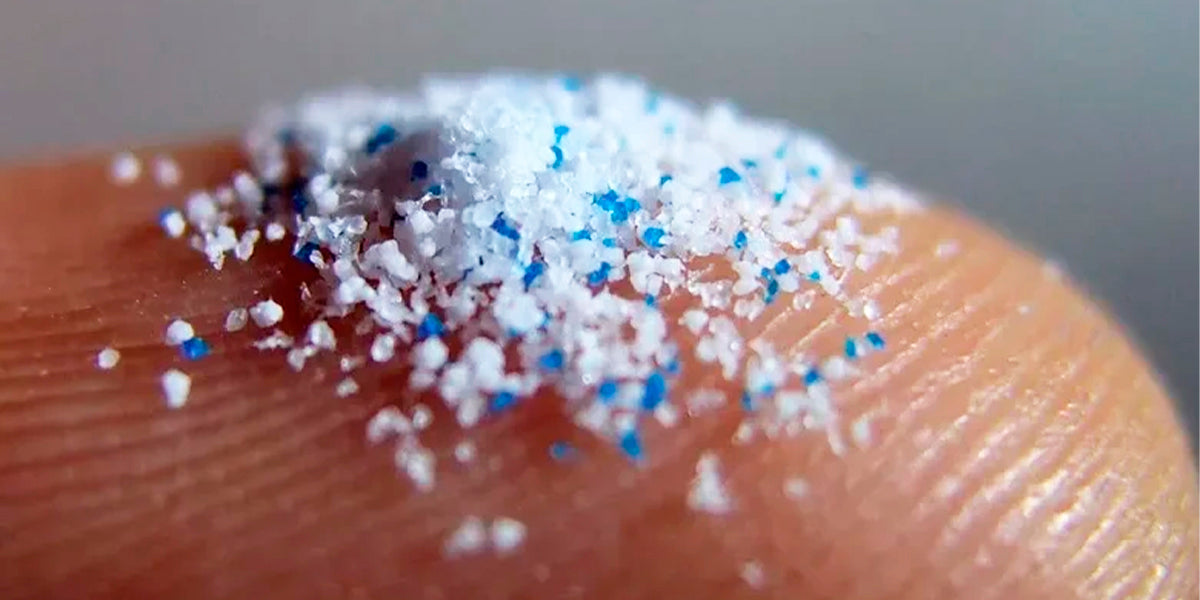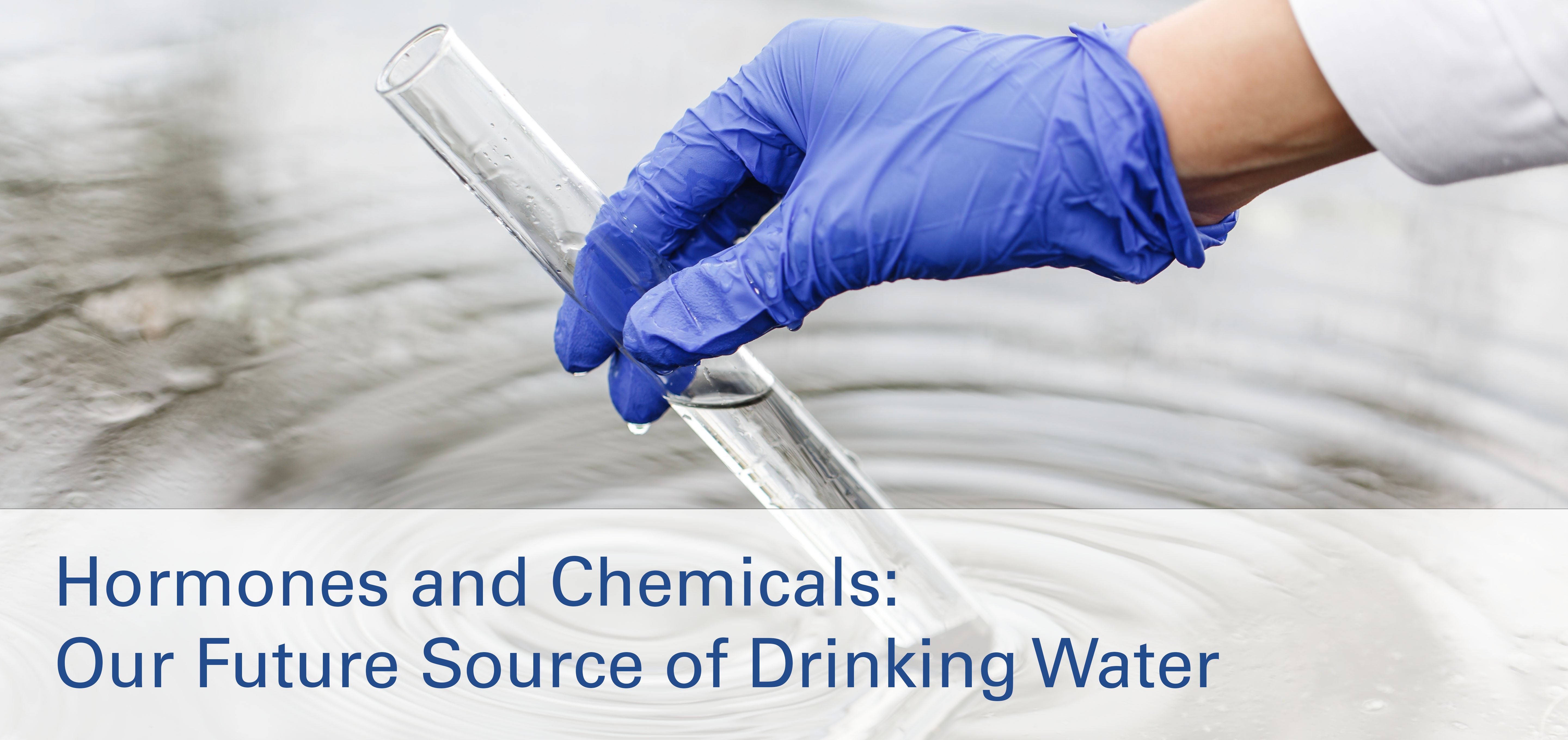Recently, a study published by the PMAS has proposed an innovative methodology for assessing and measuring the quantity, shape, and type of nanoplastic present in bottled water. This study, more precise than previous research, revealed that the previous estimate of the presence of micro and nanoplastics in consumables was between ten and a hundred times lower than previously thought.
Although this methodology is promising, the authors point out in the same study that they could only detect 7 types of nanoplastics, representing only 10% of the particles present in the water. The remaining 90% lacks reference points to determine the type of nanoplastic and its concentration.
Nanoplastics: A Ubiquitous and Latent Danger
Derived from the decomposition of larger plastic waste, nanoplastics have acquired a ubiquitous presence in our environment. Their minuscule size allows them to pass through the digestive system and lungs, penetrate the bloodstream, and reach vital organs such as the brain and heart. Moreover, they can cross the placental barrier and affect the fetus.
In a recent study, scientists counted and identified particles present in bottled water, revealing that a liter contained around 240,000 detectable plastic fragments, a figure 10 to 100 times higher than previous estimates. They used a revolutionary technique called stimulated Raman scattering microscopy, focusing on seven common types of plastics and developing an algorithm to interpret the results.
Risks and Challenges in Nanoplastic Toxicology
The connection between particle morphology and chemical composition raises significant concerns in toxicological terms. The toxicity of micro-nanoparticles depends not only on the amount ingested but also on the physicochemical characteristics that influence cellular interactions and absorption.
In light of these findings, there is a need to understand the extent of biological damage that nanoplastics could cause. Experiments in mice have revealed the presence of nanoplastics in tissues such as lungs and fetuses, highlighting the relevance of further research.
How to Avoid Them: Informed Decisions
Faced with this reality, the question arises of how to avoid exposure to nanoplastics. It is suggested to refrain from consuming food and beverages in plastic containers, opting for containers made of other materials. Although drinking tap water is presented as an alternative, initiatives regarding the recycling of wastewater for human consumption generate debate about their appeal.
In this context, innovative technologies like La NUBE offer a reliable solution to ensure a safe and contaminant-free water supply for you and your family.
And you, do you already have the peace of mind you need?
Don't think twice and get your NUBE now.













Leave a comment
All comments are moderated before being published.
This site is protected by hCaptcha and the hCaptcha Privacy Policy and Terms of Service apply.